Things to do in Bodhgaya: The Buddhist Circuit
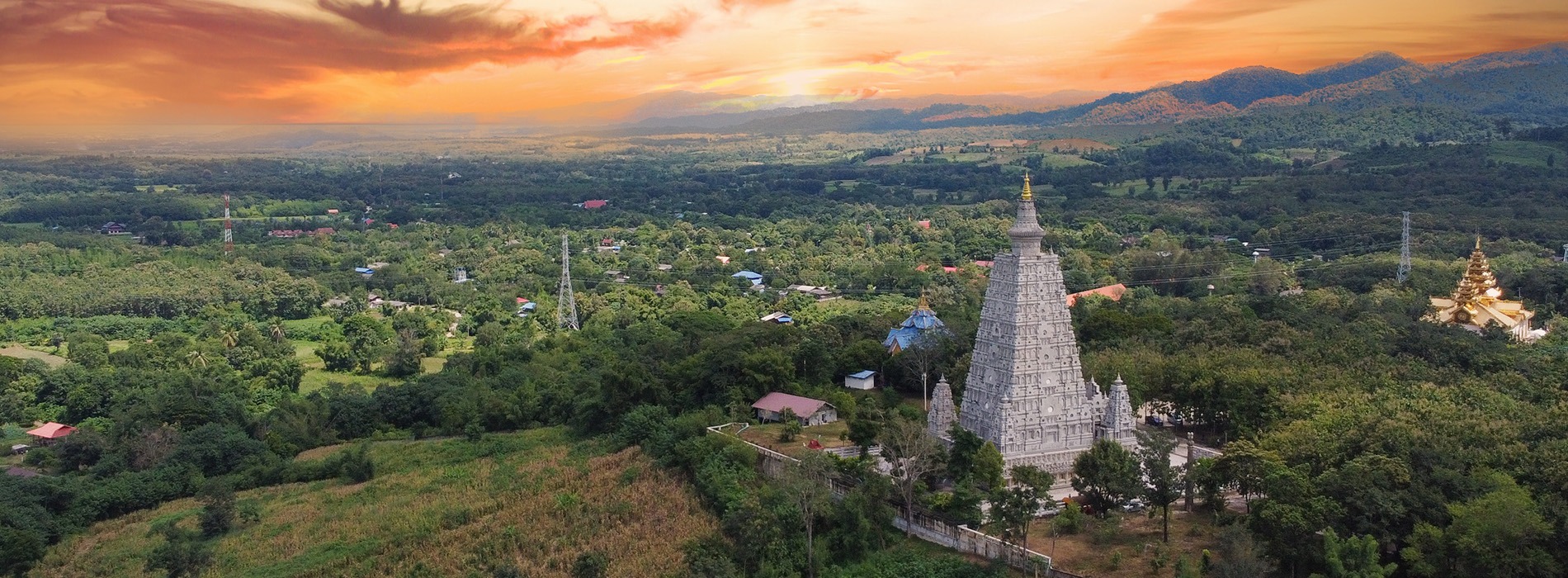
Visiting the place where Gautama Buddha attained enlightenment is a bucket-list event for many Buddhists and Hindus, but it also promises a valuable travel experience for sightseers who love history and architecture. The sacred ground of Bodhgaya, often spelled Bodh Gaya or just Gaya, is nestled in the mountains of Bihar, in northeast India, along the banks of Falgu River. The inviting terrain guarantees peaceful getaways on its own, but mixing in the top things to do in Bodhgaya promises a well-rounded travel adventure.
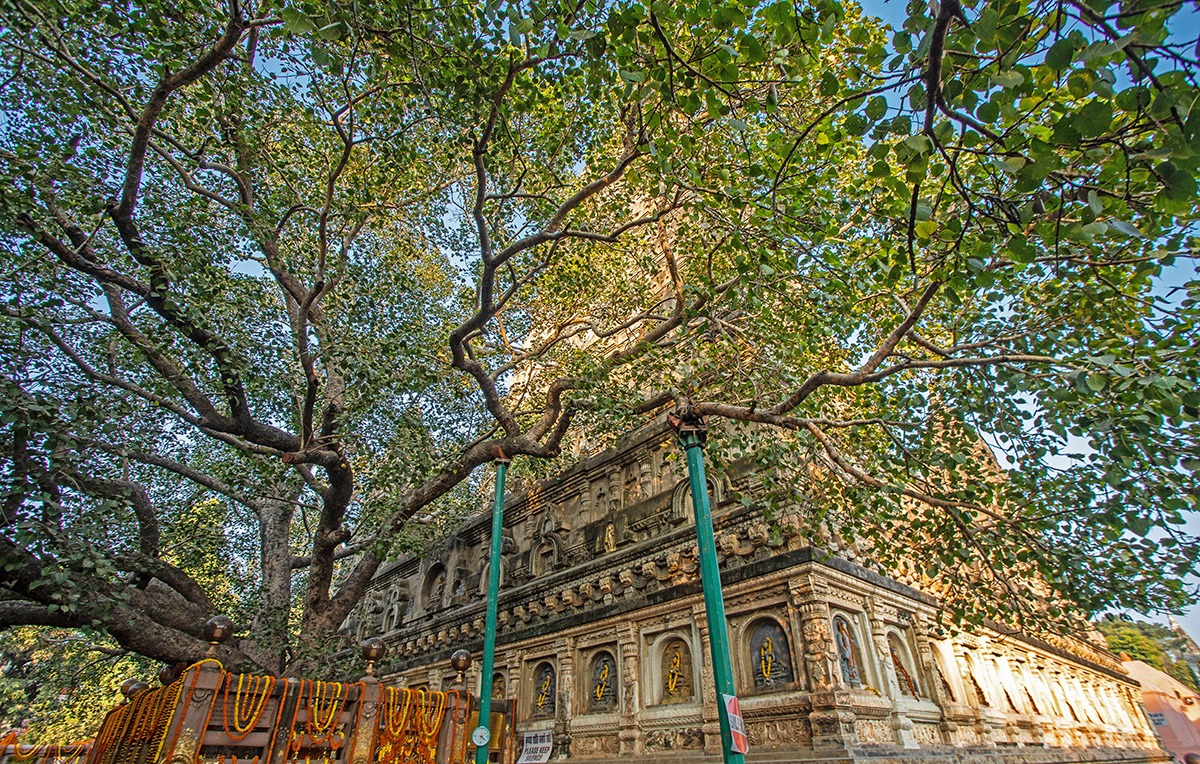
Introduction to Bodhgaya as Part of the Buddhist Circuit
Experiencing the entire Buddhist Circuit at once requires a commitment of several days – or even weeks, so a lot of travelers like to walk in Buddha’s footprints one step at a time. One of the best places to begin is Bodhgaya, the place where Gautama Buddha attained enlightenment. Bodhgaya is considered the most important site on the Buddhist Circuit and the holiest site in Buddhism due to its historical background, archaeological findings and preservation efforts. Inside Mahabodhi Temple, for instance, lives an ancestor of the Bodhi tree under which Buddha received enlightenment. Preserved since about 500 BCE, the sacred fig tree holds significance for Buddhists who often find a spiritual connection when visiting Bodhgaya.
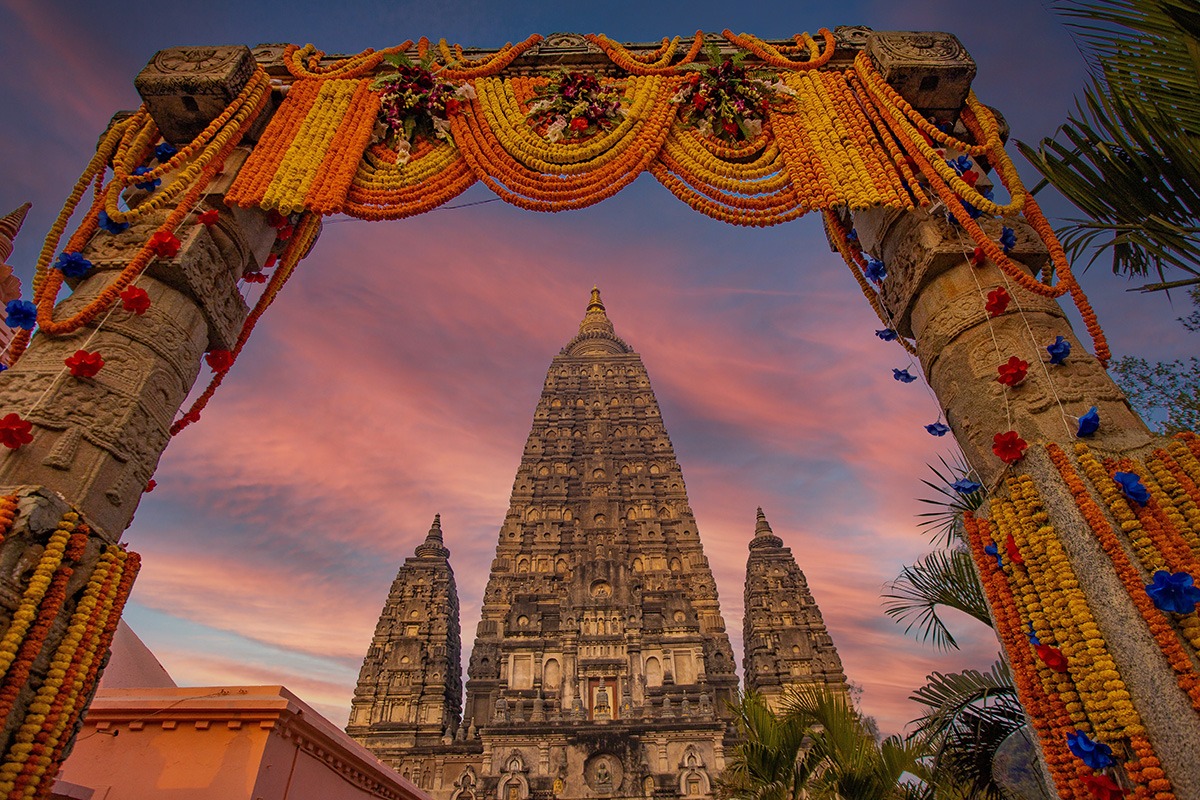
Bodhgaya Importance & Places to Visit
Mahabodhi Temple is indeed one of the top things to do in Bodhgaya. In fact, the historical landmark is THE reason most Buddhists and Hindus make the pilgrimage to Bihar. The temple symbolizes the central hub of and beginning of Buddha’s teachings, and it is revered as the most important major site on the Buddhist Circuit. It is not the only thing to do in Bodhgaya, however. This riverfront region promises incredible views, surreal hikes and spiritual experiences for all visitors. Include these attractions when planning an itinerary in Bodhgaya.
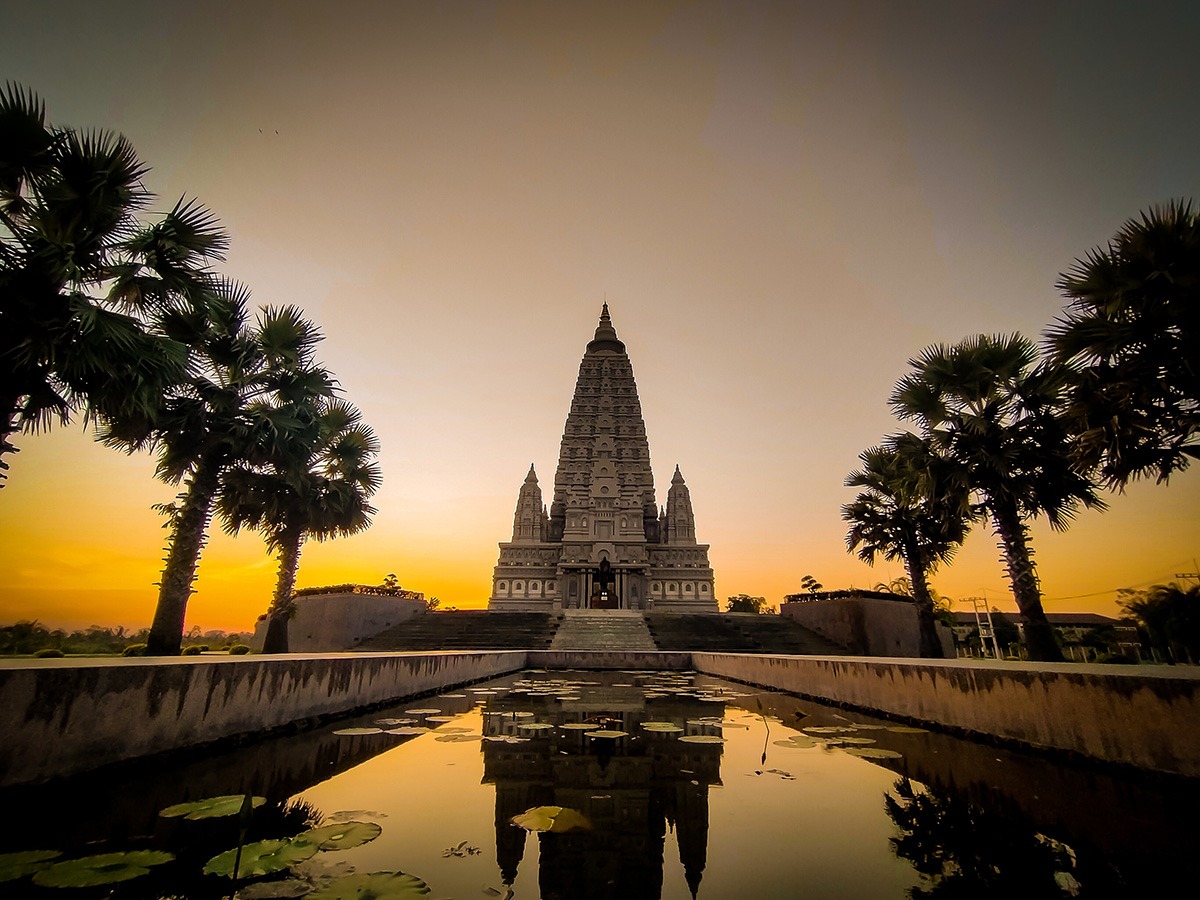
Mahabodhi Temple
Whether making a pilgrimage or visiting Bodhgaya as a tourist, the Mahabodhi Temple is an architectural marvel that can’t be missed. The centerpiece of Gaya, the temple marks the location where Gautama Buddha attained enlightenment. It is one of the most important and sacred sites for Buddhists and a major site on the Buddhist Circuit. Inside the temple walls grows a descendent of the Bodhi tree that is believed to be the same tree under which Buddha attained enlightenment. The tree, combined with the event that occurred under it, symbolizes the birth of Buddhism as a spiritual tradition.
The temple itself is considered one of the holiest places of worship for Buddhists worldwide. Pilgrimages to the site hold significant spiritual meaning for devout Buddhists, who use the opportunity to meditate and seek spiritual inspiration. All visitors of all faiths and backgrounds, however, are welcome inside the temple. The temple has served as a center for cultural exchange between India and other Buddhist nations for centuries, and the temple’s open-door policy stands as a reminder of unity and reflects the harmonic spirit of Buddhism.
Aside from the temple’s spiritual significance, the Mahabodhi Temple also contains some of India’s richest history. The UNESCO World Heritage Site dates to the third century and is one of the oldest brick structures in India. Its intricate designs, carved stone panels and 55-meter-high central tower provide stellar examples of Indian architecture and craftmanship, thus attracting architects, historians and archaeologists worldwide. It also holds ancient Buddhist sculptures, teachings and iconography unique to Buddha’s life in Bodhgaya.
The Mahabodhi Temple is open to the public from 9 a.m. to 5 p.m. daily. Hours may change during holidays or special events. Entering the temple is free, but tourists may have to pay fees to use cameras. Tour guides are available inside the temple for a separate charge.

The Great Buddha Statue
Built in 1989 to commemorate the 2,500th anniversary of Buddha’s enlightenment, the Great Buddha Statue stands as a modern-day reminder of the region’s significant past. Even as a rather new attraction, the statue holds deep meaning for Buddhists, as it represents the events that sparked the beginning of traditional Buddhism. Carved from a solid block of red granite, the Great Buddha Statue towers over visitors from its meditative posture at a height of 82 feet (25 meters). Buddha’s seated, cross-legged posture represents his deep state of thought when he achieved enlightenment. Visitors can admire the statue any time of day. It is not considered a sacred object and sits just outside Mahabodhi Temple in central Bodhgaya.
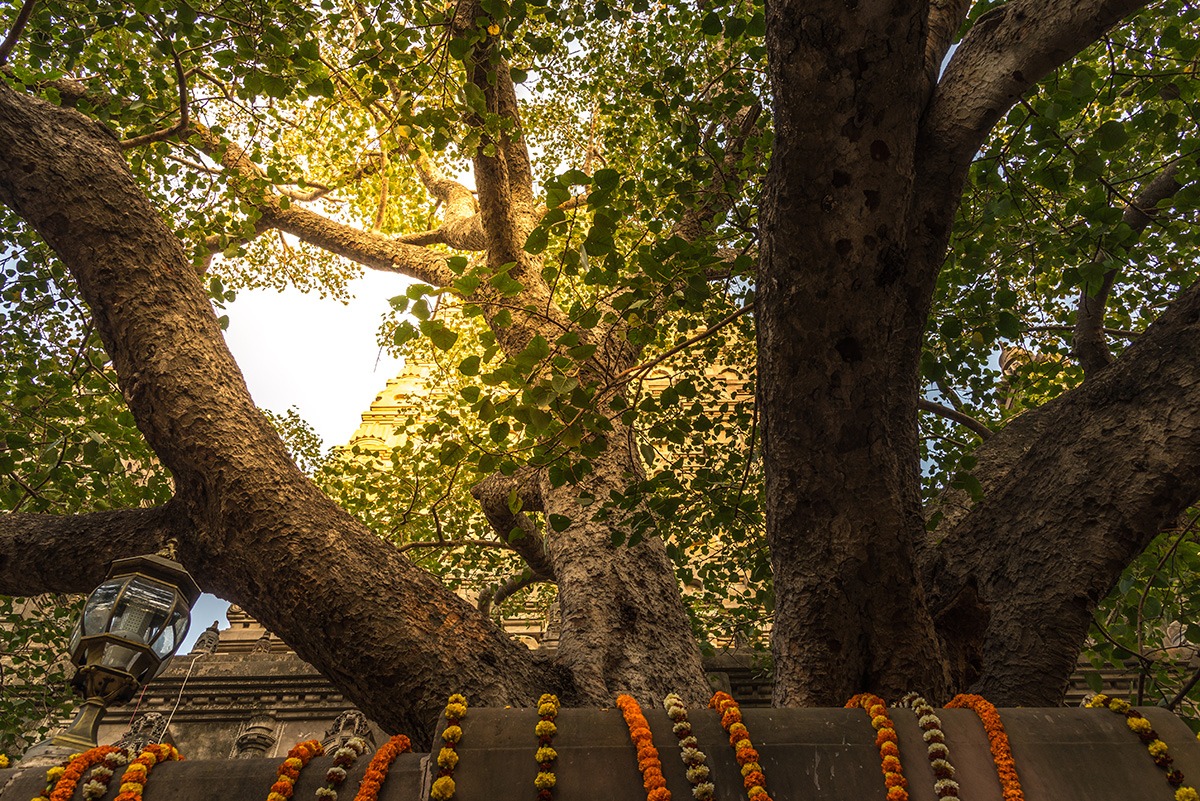
Bodhi Tree
Protected by the walls of Mahabodhi Temple, the sacred Bodhi tree is the central reason for many pilgrimages to Bodhgaya. It is under the Bodhi tree that Gautama Buddha achieved enlightenment, and it symbolizes the birth of traditional Buddhist teachings. The tree housed in Mahabodhi Temple is said to be a descendant of the very fig tree under which Buddha sat, not only as he achieved enlightenment, but on a daily basis to meditate and contemplate spirituality. According to Buddhist teachings, the fig tree was not called a Bodhi, meaning “awakening” or “enlightenment,” tree until after Buddha’s enlightenment. Today, Buddhists around the world celebrate Bodhi Day in December to mark Buddha’s enlightenment under the tree. The existing tree is cared for and maintained through a preservation society, and visitors often sit in the shade to meditate and reflect on Buddha’s teachings in Bodhgaya.
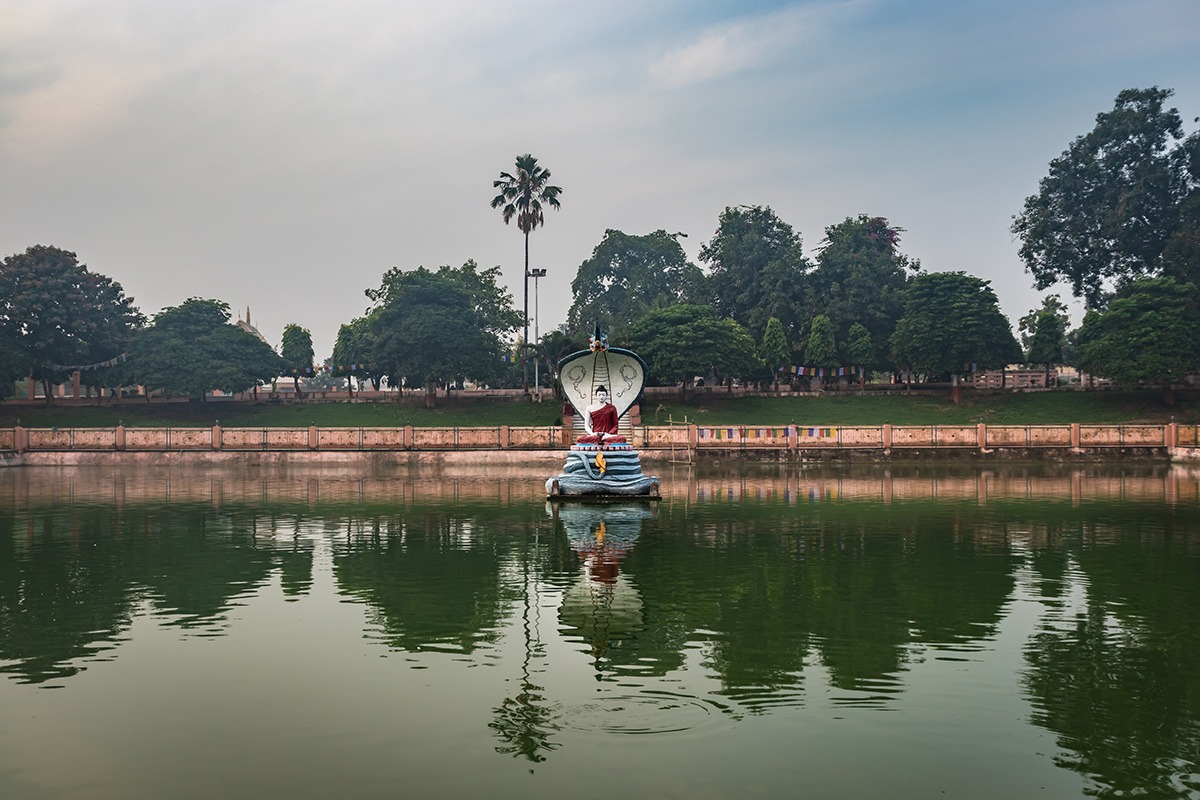
Muchalinda Lake
One often overlooked attraction inside the Mahabodhi Temple grounds is Muchalinda Lake. The lake is as much a part of Buddha’s history as the historic Bodhi tree. According to legend, after Buddha received enlightenment under the tree, he was meditating near Muchalinda Lake when a great storm rolled in. From the waters rose a fierce naga, or serpent, king named Muchalinda, who wrapped himself around Buddha to protect him from the storm. Visitors to the lake area will want to visit the multi-headed statue of Muchalinda sheltering Buddha from the storm. The lake’s lush surroundings and peaceful atmosphere also provides a perfect spot for meditation.
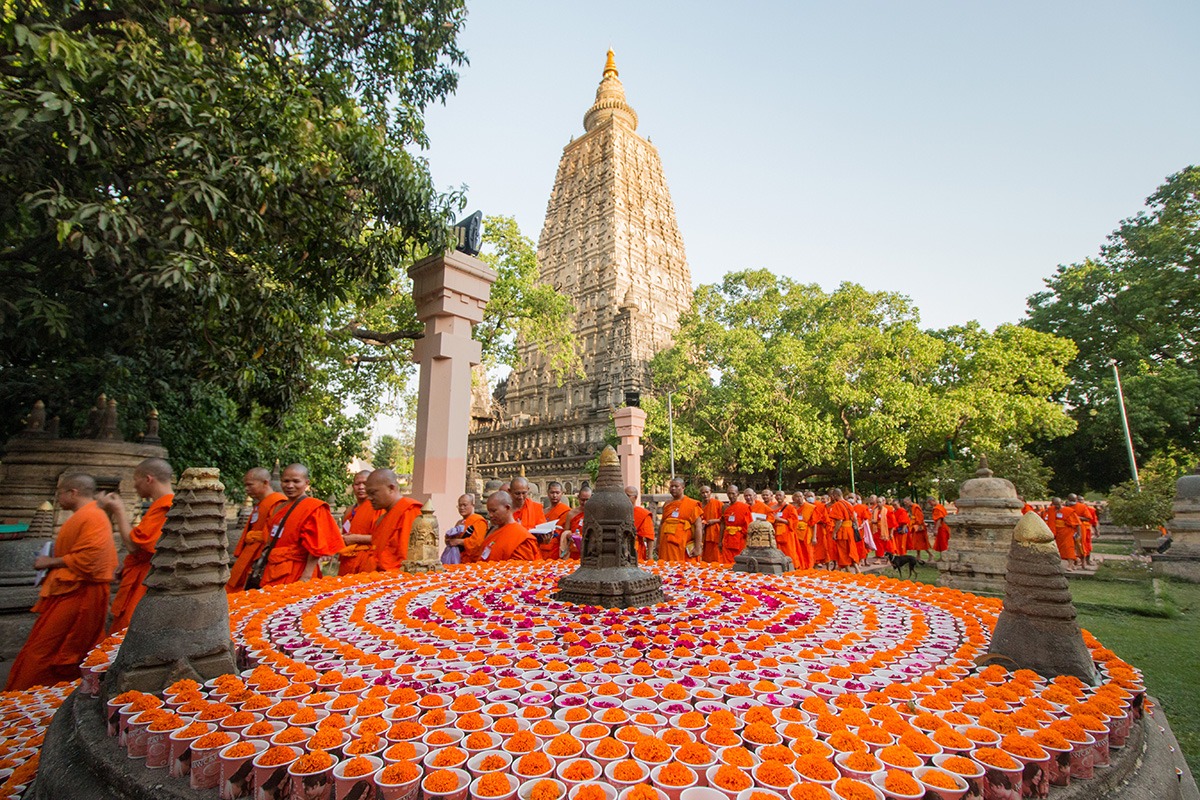
International Buddhist Destinations in Bodhgaya
The Indian state of Bihar is celebrated for its association with Buddha, but it also is one of India’s most popular international tourist destinations. The ancient architecture, scenic backdrops and unique culture attract tourists from around the world. Still, the region maintains its peaceful atmosphere and spiritual significance through preservation efforts and numerous meditation centers and monasteries. While not everyone who visits Bodhgaya practices Buddhism, everyone who visits will experience Buddhist culture. Tourists wishing to take in a diversified look at the inclusivity of Buddhism should add these sites to their list of things to do in Bodhgaya.
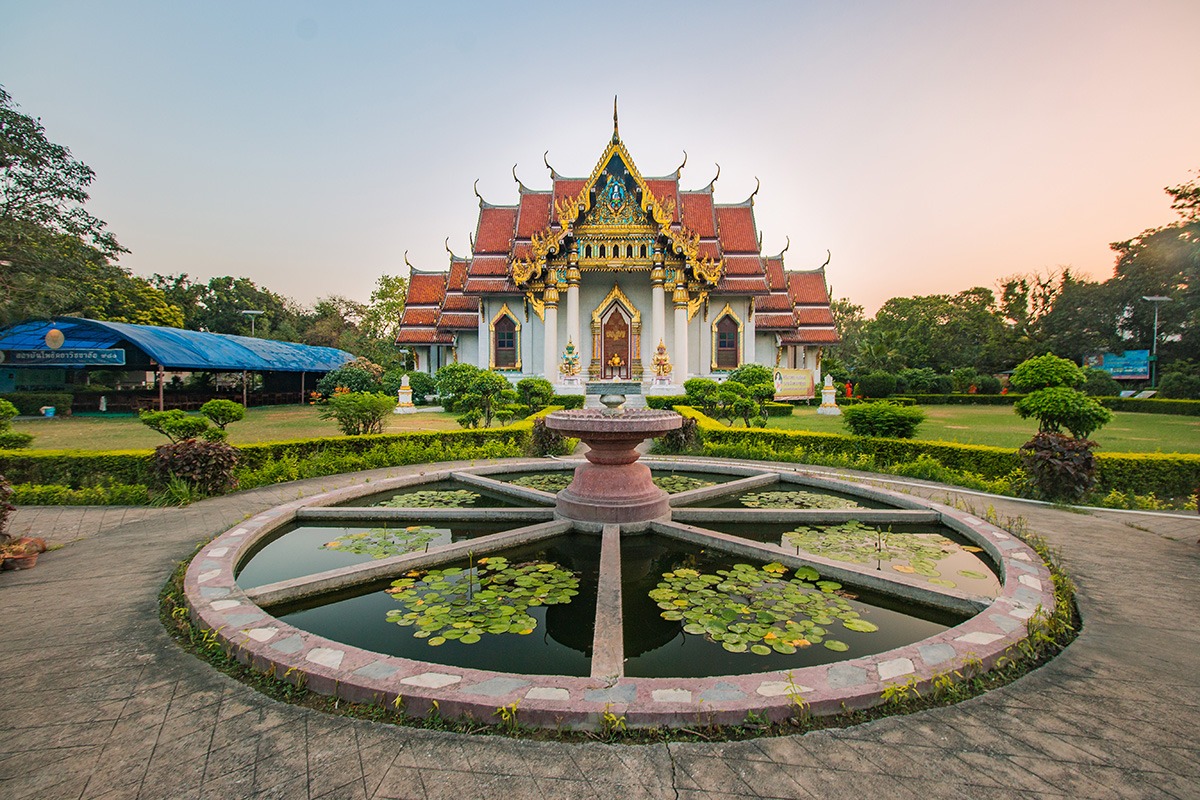
Thai Monastery
Also known as Wat Thai Bodh Gaya, the Thai Monastery was built in the 20th century as a symbol of strengthening cultural relations between India and Thailand. It offers Thai Buddhists a place to worship and meditate and is known for its stunning façade, which reflects traditional Thai architecture. The temple is dedicated to Buddha and serves as a center for devotion for locals, as well as for international visitors. One of the focal points inside the temple is a statue of Buddha, and the temple hosts various Thai festivals, religious retreats and mediation retreats year-round. Outside the temple, visitors are welcome to reflect while wandering through peaceful gardens and natural surroundings. Wat Thai Bodh Gaya is open from 6 a.m. to 7 p.m. daily and is open to all visitors, regardless of religious background or nationality.
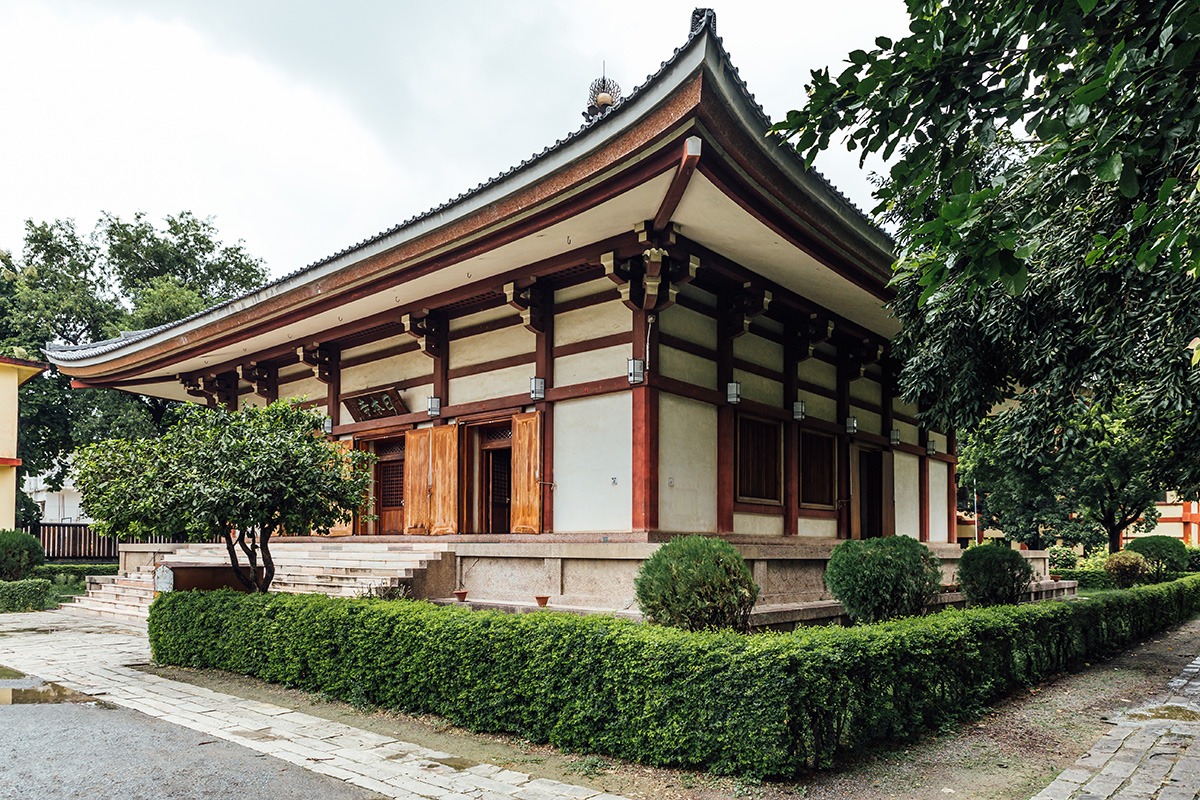
Indosan Nippon Japanese Temple
Mostly referred to as simply the Japanese Temple, this landmark structure is one of the holiest sites in Buddhism. It was built in the early 20th century by Nichidatsu Fujii, a Japanese Buddhist monk and founder of the Nipponzan-Myohoji Buddhist order and features striking Japanese architecture that reflect Japan’s heritage. The Peace Pagoda, or Shanti Stupa, sits inside the temple as a symbol of the order’s commitment to promoting world peace. Visitors can join prayer services offered by local monks or meditate individually in the serene gardens that surround the complex. Indosan Nippon Japanese Temple is open from 8 a.m. to 5:30 p.m. daily.

Royal Bhutan Monastery
Located near Mahabodhi Temple Complex, this prominent Buddhist monastery is renowned for its traditional Bhutanese architecture. The intricate color schemes, Bhutanese designs and unique carvings draw admirers from around the world. The main attraction inside the Royal Bhutan Monastery is a statue of Buddha in a meditation posture, the same pose he was said to be sitting in when he achieved enlightenment. In addition to welcoming worshipers from around the world, the monastery also hosts cultural events, art exhibitions and performances that showcase Bhutanese heritage. Visitors seeking spiritual guidance and reflection can join monks in daily rituals prayers and meditation. The Royal Bhutan Monastery is open from 7 a.m. to 6 p.m. daily, and entry is free for all visitors.
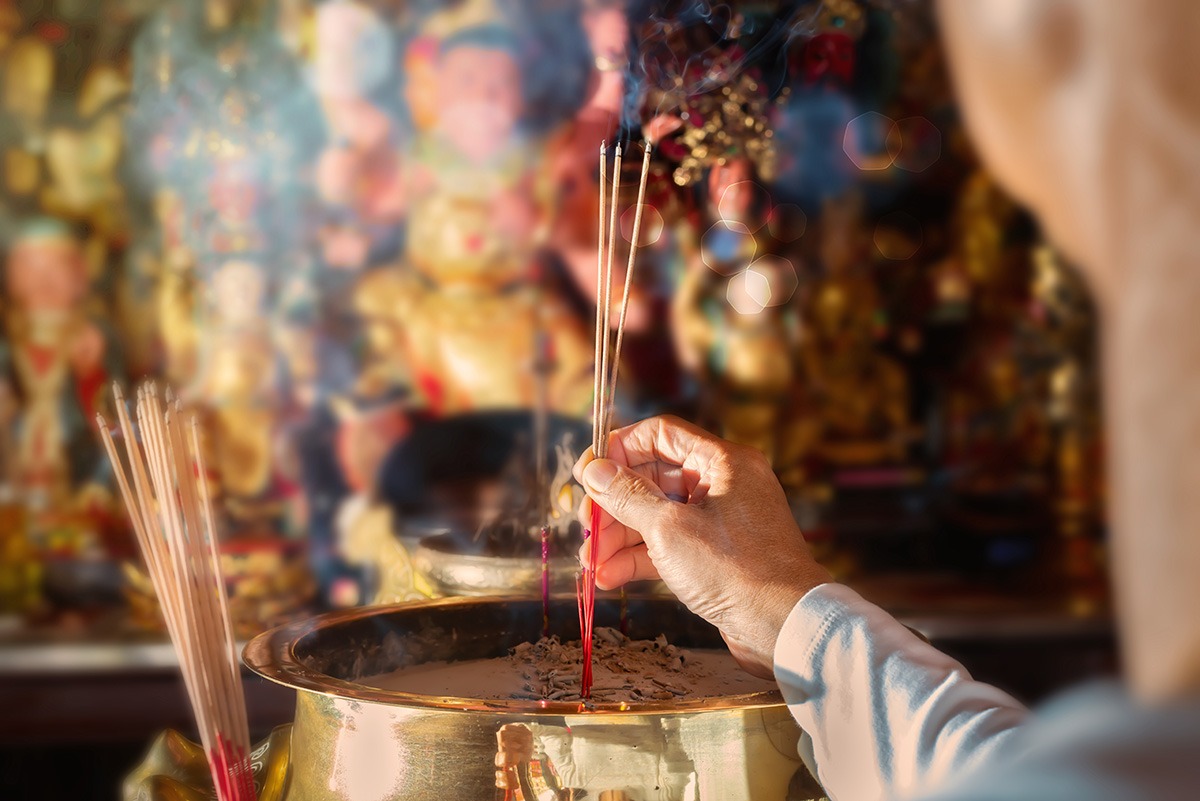
Chinese Temple Complex
The Chinese Buddhist Monastery, or the Chinese Temple Complex, symbolizes the strong religious and cultural ties between India and China. The architecture of the building reflects classic Chinese temples, with their distinct rooftops and ornate carvings. The main attraction of the temple is a statue of Buddha in a meditative pose. Resident monks and nuns welcome visitors to join in worship services, meditation rituals and spiritual ceremonies and facilitate learning opportunities for tourists to engage in Chinese Buddhism and culture. Visitors are invited to explore the garden areas or find a place to relax and connect with the spirituality that flows through the atmosphere. Tourists and those making pilgrimages will find a wealth of year-round activities, like cultural events and seminars. The Chinese Buddhist Monastery is located near the Mahabodhi Temple complex and is open to the public from 8 a.m. to 5 p.m. daily.
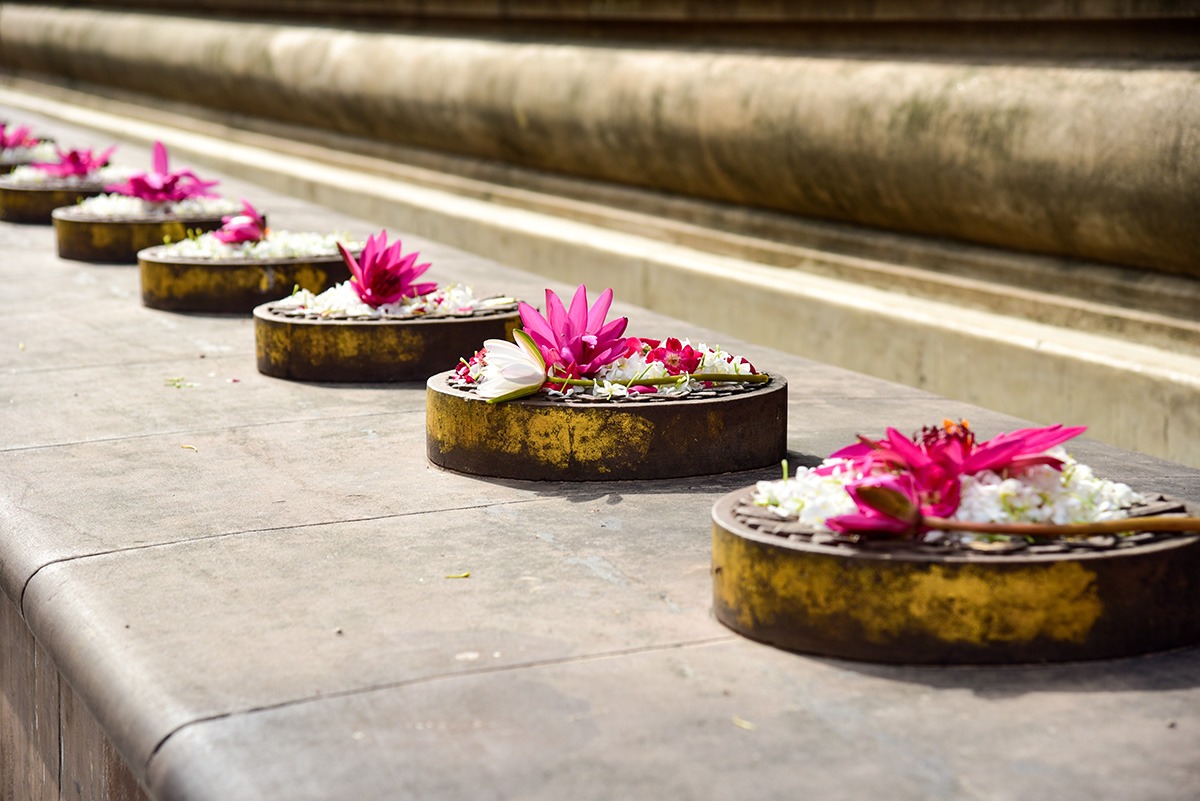
Vietnamese Temple
Vietnam Quoc Tu Pagoda is a revered Buddhist site both in Bodhgaya and around the globe. Serving as a reminder of peace, as well as the ties between India and Vietnam, the temple welcomes visitors from all nations. It is noted for its architecture, particularly its pagoda-style structure, motley colors and unique ornamentation. Visitors to the temple are invited to meditate around a central statue of Buddha sitting cross-legged in a meditative pose. The Buddhist monks and nuns who reside in and care for the temple grounds host events through the year, inviting visitors to join in Buddhist rituals and ceremonies, as well as cultural events and seminars, in the temple’s peaceful environment. Outside gardens offer tranquil meditation and are open to the public for relaxing. The temple is open 24 hours a day.
You may also like
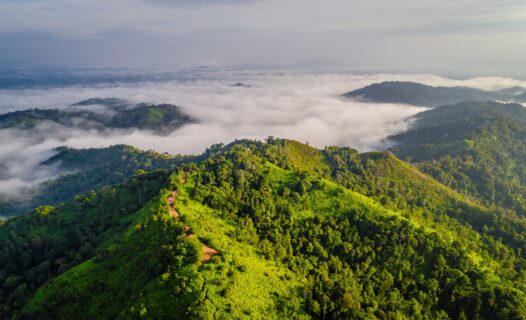
Unlock the secrets of Kuantan with a local's guide to the best day trips around the city. Explore hidden beaches, lush jungles, and rich cultural sites for an unforgettable Malaysian adventure.
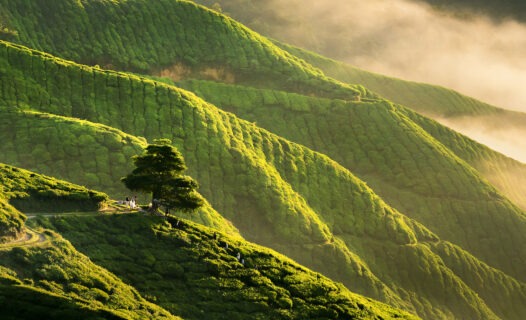
Embark on an eco-friendly journey through Cameron Highlands, where verdant tea plantations, misty forests, and sustainable practices await. Discover serene landscapes, engage in conservation efforts, and immerse yourself in the local culture.
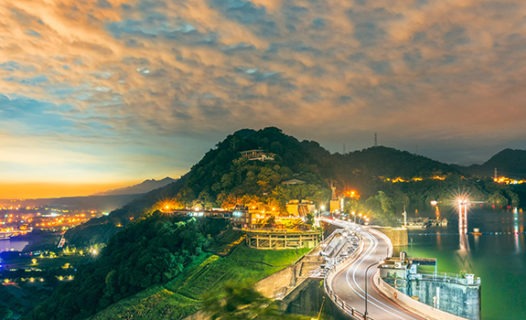
Discover Taoyuan: A hidden gem of Taiwan blending ancient heritage with modern marvels. Explore serene landscapes, thrill-packed parks, and culinary delights in our day-by-day travel guide.
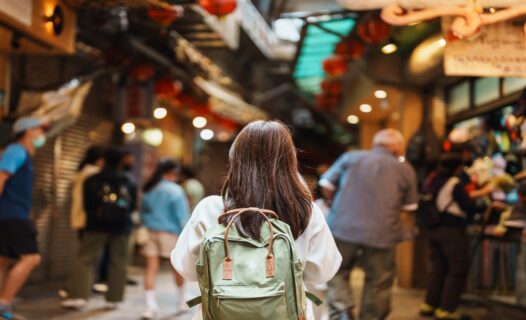
Embark on a vibrant journey through Hualien, Taiwan, with our ultimate travel guide. From thrilling night market adventures to serene natural escapes and cultural explorations, discover the essence of Hualien and create unforgettable memories.
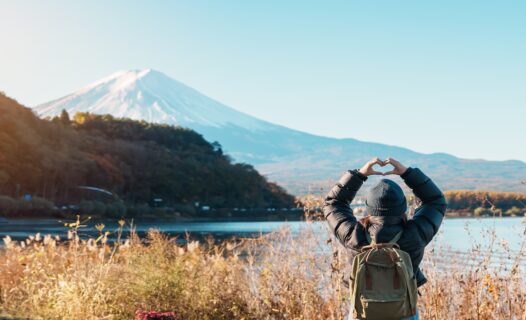
Discover the enchanting blend of traditional crafts and modern finds in our Ultimate Guide to Shopping in Fujikawaguchiko. Explore artisanal shops, local markets, and unique souvenirs against the majestic backdrop of Mount Fuji.
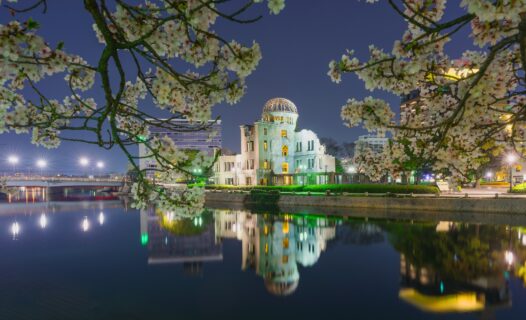
Dive into our 4-day Hiroshima travel guide, exploring iconic sites, hidden gems, and culinary delights. From the Peace Memorial Park to quaint streets of Onomichi, discover the vibrant spirit and serene beauty of Hiroshima.
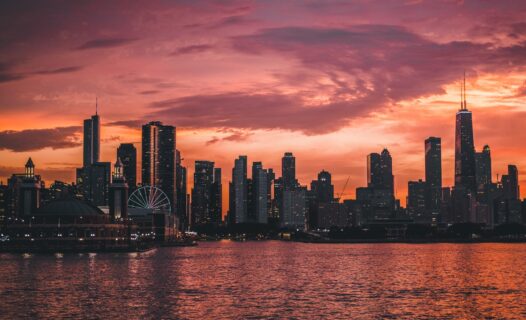
Embark on a 3-day journey through Chicago's historic jazz and blues scene. From iconic clubs to live performances, discover the soul of the Windy City. Read now!
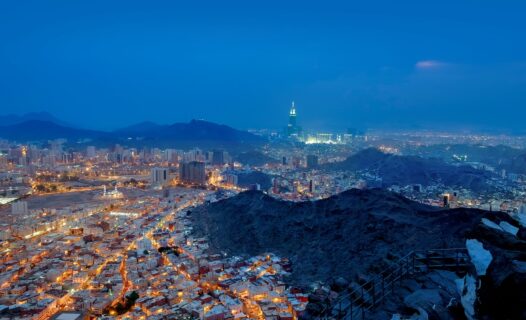
Embark on a spiritual journey with a touch of luxury. Dive into our curated guide to the most exclusive 5-star hotels in Mecca, each offering serene retreats, divine comfort, and close proximity to the Holy Mosque.

Dive into Houston’s vibrant food scene with our 4-day culinary journey guide. From iconic BBQ to global cuisines, explore the tastes that make Houston a top foodie destination.
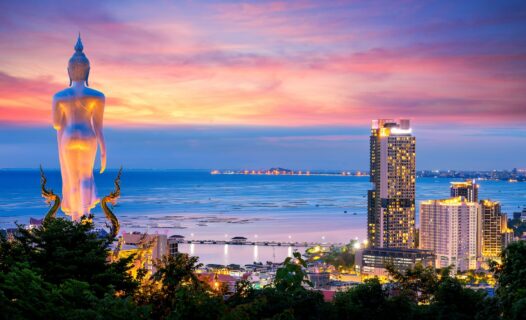
Embark on a flavorful journey through Chonburi with our Food Lover's Guide. Discover hidden culinary gems, local delicacies, and unforgettable dining experiences in Thailand's coastal paradise.
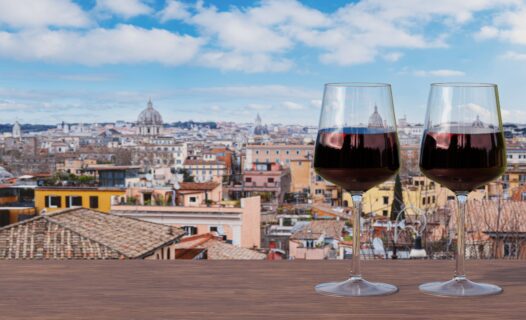
Dive into Rome's vibrant nightlife & culinary scene with our guide. From hidden wine bars to traditional eateries, taste the city's rich flavors and history.
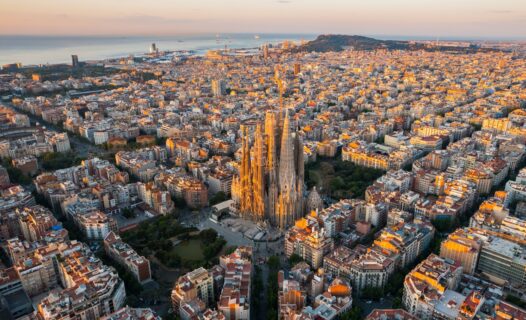
Unlock the secrets of Barcelona's most enchanting boutique hotels, where luxury meets personalized service. Explore our curated guide to discover hidden gems offering unique experiences, unmatched comfort, and a gateway into the heart of Catalonia's vibrant capital.
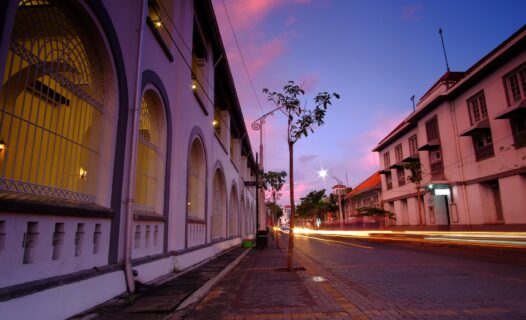
Dive into the vibrant nightlife of Semarang with our exclusive 5-night itinerary. From historic walks under the stars to beachside bars and live music venues, discover the city's best-kept secrets with Agoda.
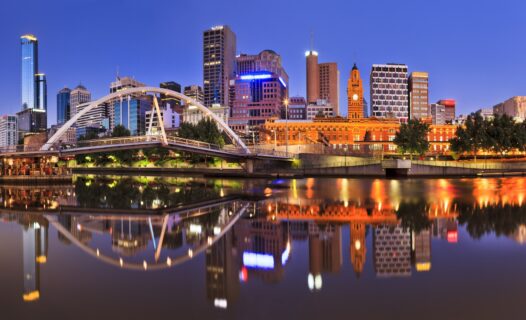
Embark on an unforgettable journey through Melbourne with our comprehensive 3-day travel guide. From iconic laneways and street art to lush gardens and nightlife, unlock the secrets of Australia's cultural capital.
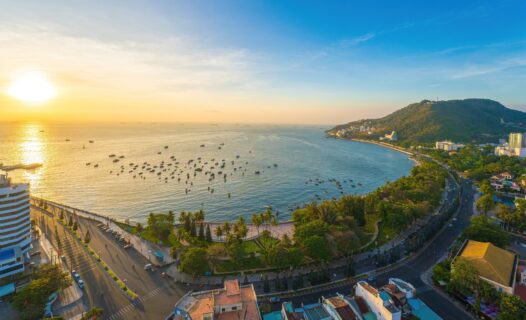
Unlock the best of Vung Tau with our guide to top waterfront hotels! Experience luxury, views, and unmatched beach access for the perfect seaside getaway.
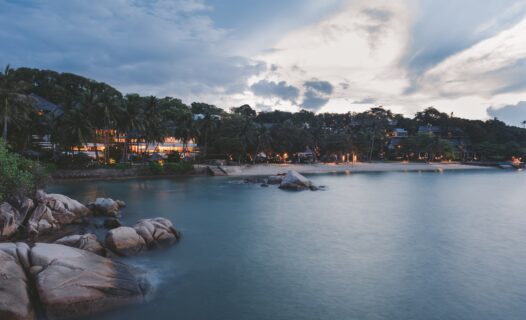
Discover Batam Island, the hidden gem of Southeast Asia, with our ultimate travel guide. Explore pristine beaches, rich culture, culinary delights, and thrilling adventures.
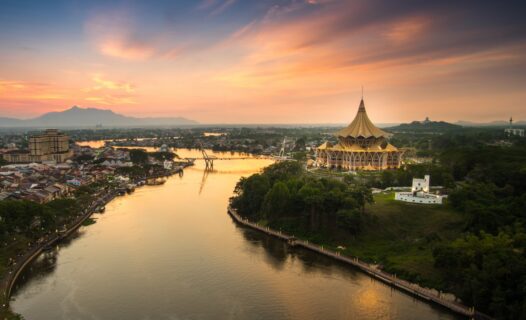
Discover Kuching: A Complete Guide to Borneo's Hidden Gem. Explore historical landmarks, vibrant cultural scenes, lush national parks, and culinary delights.

Embark on an unforgettable journey through Malang with our comprehensive travel guide. Discover the city's vibrant culture, breathtaking natural wonders, and culinary delights.

Discover the best of Kuantan in 3 unforgettable days. Dive into our guide for the ultimate itinerary covering serene beaches, rich local culture, and delicious cuisine.
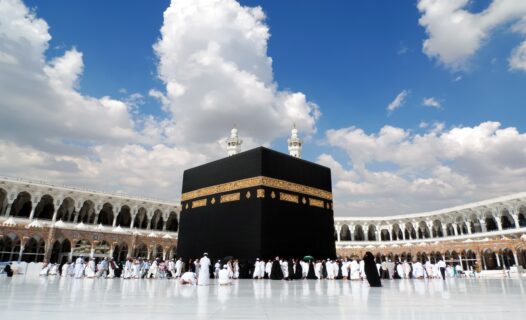
Embark on a life-changing 7-day spiritual journey in Mecca with our comprehensive guide. Discover sacred sites, enrich your faith, and immerse in Islamic culture.

Uncover the serene beauty of Cameron Highlands with our exclusive 3-day itinerary. From lush tea plantations to sweet strawberry farms and mystical hikes, embark on an unforgettable journey.

Visiting the place where Gautama Buddha attained enlightenment is a bucket-list event for many Buddhists and Hindus, but it also promises a valuable travel experience for sightseers who love history and architecture. The sacred ground of Bodhgaya, often spelled Bodh Gaya or just Gaya, is nestled in the mountains of Bihar, in northeast India, along the banks of Falgu River. The inviting terrain guarantees peaceful getaways on its own, but mixing in the top things to do in Bodhgaya promises a well-rounded travel adventure.

Introduction to Bodhgaya as Part of the Buddhist Circuit
Experiencing the entire Buddhist Circuit at once requires a commitment of several days – or even weeks, so a lot of travelers like to walk in Buddha’s footprints one step at a time. One of the best places to begin is Bodhgaya, the place where Gautama Buddha attained enlightenment. Bodhgaya is considered the most important site on the Buddhist Circuit and the holiest site in Buddhism due to its historical background, archaeological findings and preservation efforts. Inside Mahabodhi Temple, for instance, lives an ancestor of the Bodhi tree under which Buddha received enlightenment. Preserved since about 500 BCE, the sacred fig tree holds significance for Buddhists who often find a spiritual connection when visiting Bodhgaya.

Bodhgaya Importance & Places to Visit
Mahabodhi Temple is indeed one of the top things to do in Bodhgaya. In fact, the historical landmark is THE reason most Buddhists and Hindus make the pilgrimage to Bihar. The temple symbolizes the central hub of and beginning of Buddha’s teachings, and it is revered as the most important major site on the Buddhist Circuit. It is not the only thing to do in Bodhgaya, however. This riverfront region promises incredible views, surreal hikes and spiritual experiences for all visitors. Include these attractions when planning an itinerary in Bodhgaya.

Mahabodhi Temple
Whether making a pilgrimage or visiting Bodhgaya as a tourist, the Mahabodhi Temple is an architectural marvel that can’t be missed. The centerpiece of Gaya, the temple marks the location where Gautama Buddha attained enlightenment. It is one of the most important and sacred sites for Buddhists and a major site on the Buddhist Circuit. Inside the temple walls grows a descendent of the Bodhi tree that is believed to be the same tree under which Buddha attained enlightenment. The tree, combined with the event that occurred under it, symbolizes the birth of Buddhism as a spiritual tradition.
The temple itself is considered one of the holiest places of worship for Buddhists worldwide. Pilgrimages to the site hold significant spiritual meaning for devout Buddhists, who use the opportunity to meditate and seek spiritual inspiration. All visitors of all faiths and backgrounds, however, are welcome inside the temple. The temple has served as a center for cultural exchange between India and other Buddhist nations for centuries, and the temple’s open-door policy stands as a reminder of unity and reflects the harmonic spirit of Buddhism.
Aside from the temple’s spiritual significance, the Mahabodhi Temple also contains some of India’s richest history. The UNESCO World Heritage Site dates to the third century and is one of the oldest brick structures in India. Its intricate designs, carved stone panels and 55-meter-high central tower provide stellar examples of Indian architecture and craftmanship, thus attracting architects, historians and archaeologists worldwide. It also holds ancient Buddhist sculptures, teachings and iconography unique to Buddha’s life in Bodhgaya.
The Mahabodhi Temple is open to the public from 9 a.m. to 5 p.m. daily. Hours may change during holidays or special events. Entering the temple is free, but tourists may have to pay fees to use cameras. Tour guides are available inside the temple for a separate charge.

The Great Buddha Statue
Built in 1989 to commemorate the 2,500th anniversary of Buddha’s enlightenment, the Great Buddha Statue stands as a modern-day reminder of the region’s significant past. Even as a rather new attraction, the statue holds deep meaning for Buddhists, as it represents the events that sparked the beginning of traditional Buddhism. Carved from a solid block of red granite, the Great Buddha Statue towers over visitors from its meditative posture at a height of 82 feet (25 meters). Buddha’s seated, cross-legged posture represents his deep state of thought when he achieved enlightenment. Visitors can admire the statue any time of day. It is not considered a sacred object and sits just outside Mahabodhi Temple in central Bodhgaya.

Bodhi Tree
Protected by the walls of Mahabodhi Temple, the sacred Bodhi tree is the central reason for many pilgrimages to Bodhgaya. It is under the Bodhi tree that Gautama Buddha achieved enlightenment, and it symbolizes the birth of traditional Buddhist teachings. The tree housed in Mahabodhi Temple is said to be a descendant of the very fig tree under which Buddha sat, not only as he achieved enlightenment, but on a daily basis to meditate and contemplate spirituality. According to Buddhist teachings, the fig tree was not called a Bodhi, meaning “awakening” or “enlightenment,” tree until after Buddha’s enlightenment. Today, Buddhists around the world celebrate Bodhi Day in December to mark Buddha’s enlightenment under the tree. The existing tree is cared for and maintained through a preservation society, and visitors often sit in the shade to meditate and reflect on Buddha’s teachings in Bodhgaya.

Muchalinda Lake
One often overlooked attraction inside the Mahabodhi Temple grounds is Muchalinda Lake. The lake is as much a part of Buddha’s history as the historic Bodhi tree. According to legend, after Buddha received enlightenment under the tree, he was meditating near Muchalinda Lake when a great storm rolled in. From the waters rose a fierce naga, or serpent, king named Muchalinda, who wrapped himself around Buddha to protect him from the storm. Visitors to the lake area will want to visit the multi-headed statue of Muchalinda sheltering Buddha from the storm. The lake’s lush surroundings and peaceful atmosphere also provides a perfect spot for meditation.

International Buddhist Destinations in Bodhgaya
The Indian state of Bihar is celebrated for its association with Buddha, but it also is one of India’s most popular international tourist destinations. The ancient architecture, scenic backdrops and unique culture attract tourists from around the world. Still, the region maintains its peaceful atmosphere and spiritual significance through preservation efforts and numerous meditation centers and monasteries. While not everyone who visits Bodhgaya practices Buddhism, everyone who visits will experience Buddhist culture. Tourists wishing to take in a diversified look at the inclusivity of Buddhism should add these sites to their list of things to do in Bodhgaya.

Thai Monastery
Also known as Wat Thai Bodh Gaya, the Thai Monastery was built in the 20th century as a symbol of strengthening cultural relations between India and Thailand. It offers Thai Buddhists a place to worship and meditate and is known for its stunning façade, which reflects traditional Thai architecture. The temple is dedicated to Buddha and serves as a center for devotion for locals, as well as for international visitors. One of the focal points inside the temple is a statue of Buddha, and the temple hosts various Thai festivals, religious retreats and mediation retreats year-round. Outside the temple, visitors are welcome to reflect while wandering through peaceful gardens and natural surroundings. Wat Thai Bodh Gaya is open from 6 a.m. to 7 p.m. daily and is open to all visitors, regardless of religious background or nationality.

Indosan Nippon Japanese Temple
Mostly referred to as simply the Japanese Temple, this landmark structure is one of the holiest sites in Buddhism. It was built in the early 20th century by Nichidatsu Fujii, a Japanese Buddhist monk and founder of the Nipponzan-Myohoji Buddhist order and features striking Japanese architecture that reflect Japan’s heritage. The Peace Pagoda, or Shanti Stupa, sits inside the temple as a symbol of the order’s commitment to promoting world peace. Visitors can join prayer services offered by local monks or meditate individually in the serene gardens that surround the complex. Indosan Nippon Japanese Temple is open from 8 a.m. to 5:30 p.m. daily.

Royal Bhutan Monastery
Located near Mahabodhi Temple Complex, this prominent Buddhist monastery is renowned for its traditional Bhutanese architecture. The intricate color schemes, Bhutanese designs and unique carvings draw admirers from around the world. The main attraction inside the Royal Bhutan Monastery is a statue of Buddha in a meditation posture, the same pose he was said to be sitting in when he achieved enlightenment. In addition to welcoming worshipers from around the world, the monastery also hosts cultural events, art exhibitions and performances that showcase Bhutanese heritage. Visitors seeking spiritual guidance and reflection can join monks in daily rituals prayers and meditation. The Royal Bhutan Monastery is open from 7 a.m. to 6 p.m. daily, and entry is free for all visitors.

Chinese Temple Complex
The Chinese Buddhist Monastery, or the Chinese Temple Complex, symbolizes the strong religious and cultural ties between India and China. The architecture of the building reflects classic Chinese temples, with their distinct rooftops and ornate carvings. The main attraction of the temple is a statue of Buddha in a meditative pose. Resident monks and nuns welcome visitors to join in worship services, meditation rituals and spiritual ceremonies and facilitate learning opportunities for tourists to engage in Chinese Buddhism and culture. Visitors are invited to explore the garden areas or find a place to relax and connect with the spirituality that flows through the atmosphere. Tourists and those making pilgrimages will find a wealth of year-round activities, like cultural events and seminars. The Chinese Buddhist Monastery is located near the Mahabodhi Temple complex and is open to the public from 8 a.m. to 5 p.m. daily.

Vietnamese Temple
Vietnam Quoc Tu Pagoda is a revered Buddhist site both in Bodhgaya and around the globe. Serving as a reminder of peace, as well as the ties between India and Vietnam, the temple welcomes visitors from all nations. It is noted for its architecture, particularly its pagoda-style structure, motley colors and unique ornamentation. Visitors to the temple are invited to meditate around a central statue of Buddha sitting cross-legged in a meditative pose. The Buddhist monks and nuns who reside in and care for the temple grounds host events through the year, inviting visitors to join in Buddhist rituals and ceremonies, as well as cultural events and seminars, in the temple’s peaceful environment. Outside gardens offer tranquil meditation and are open to the public for relaxing. The temple is open 24 hours a day.
You may also like
